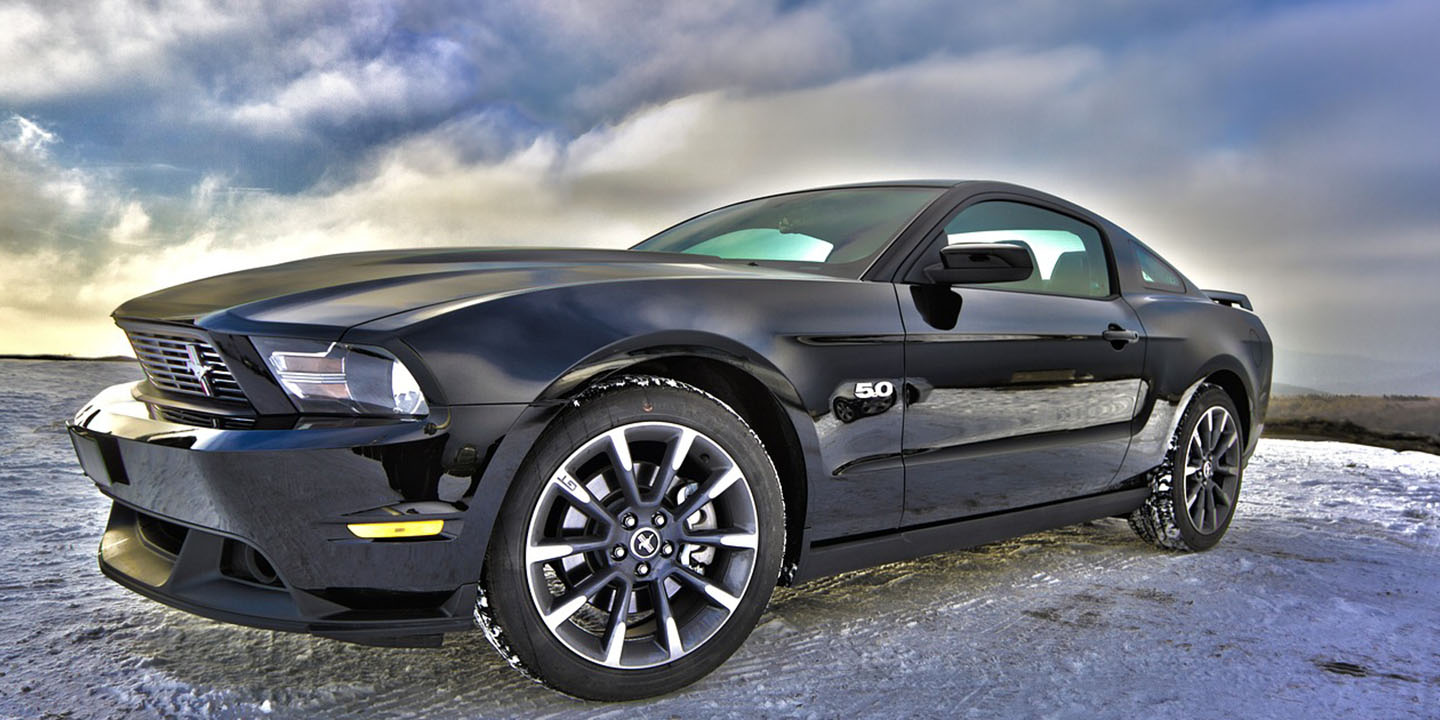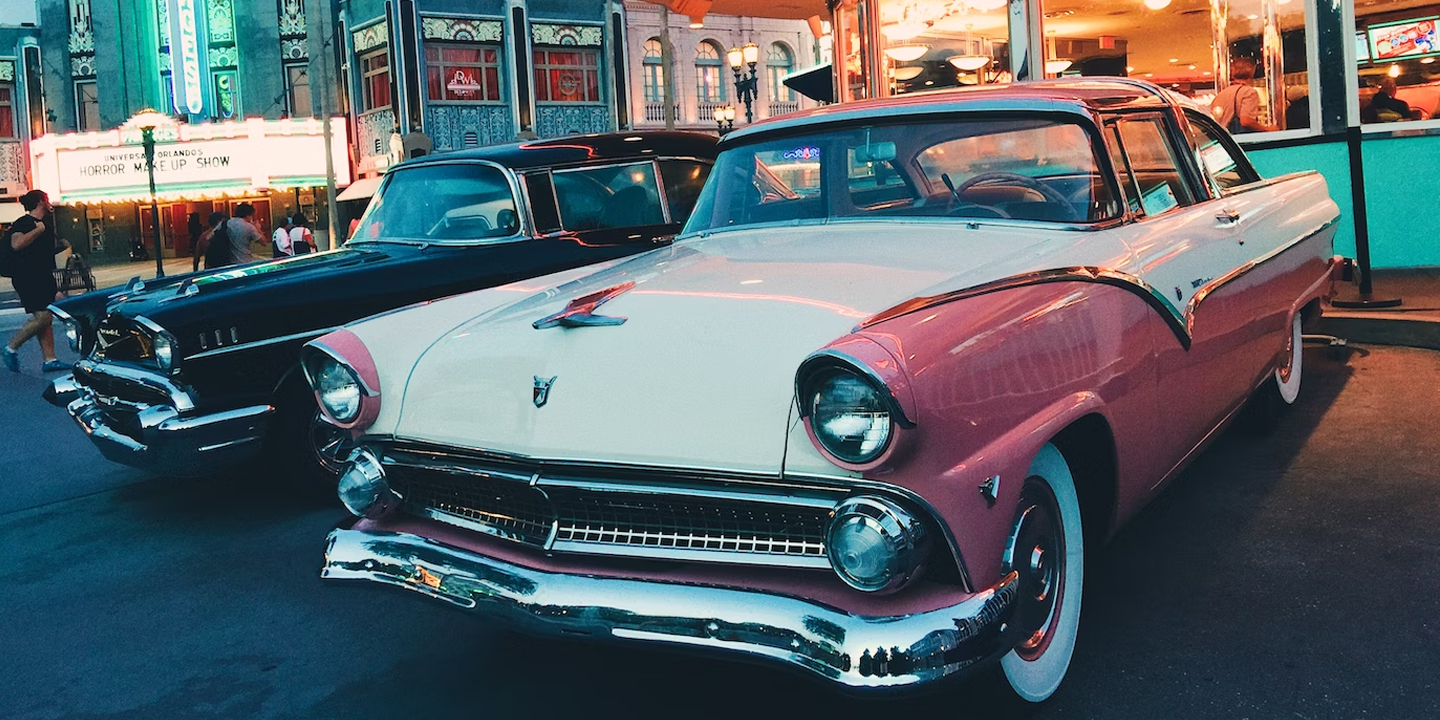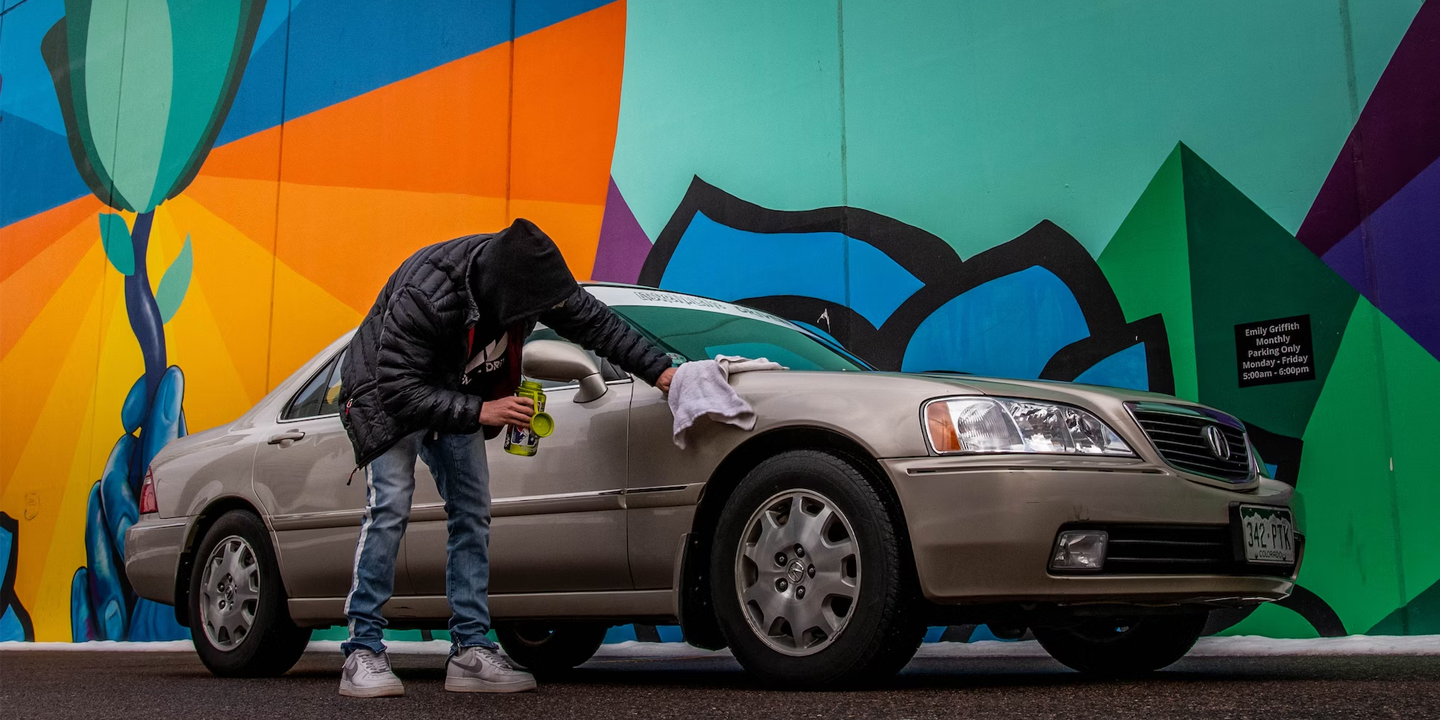Are You Ready For A Motorcycle?
Buying a motorcycle feels like uncovering a new level of freedom, but there's more to it than just picking out an incredible ride. Surprises, challenges, and lessons come fast. While some are exciting, others can really dampen this brand-new experience. Luckily, a little preparation goes a long way, so here's what you need to know before buying your first Motorcycle.
1. Mastering Basic Motorcycle Maintenance
Knowing the basics of motorcycle maintenance is a game-changer for riders. Simple tasks, like checking tire pressure, inspecting brakes, or changing oil, can save both time and money. A small investment in a few essential tools—like a tire pressure gauge or chain lube—goes a long way.
2. Engine Size Impacts Performance And Control
Bigger isn't always better, especially for first-time riders. A 250cc or 300cc bike provides a gentle learning curve, while a 650cc can feel like taming a wild stallion. More displacement means more speed, heavier weight, and sharper throttle response, which can be overwhelming.
3. New Or Used Motorcycles Have Different Pros And Cons
A shiny new bike smells excellent, has a warranty, and has zero miles, but it also loses value the second it leaves the dealership. A used motorcycle costs less but may have surprises like worn tires or overdue maintenance. Therefore, overall condition is essential before committing.
4. Motorcycle Gear Is Just As Important As The Bike
Did you know helmets reduce fatal crash risks for riders by 37%, per the Centers for Disease Control and Prevention (CDC)? Yet, some riders still skip proper protection. A DOT or ECE-certified helmet, armored jacket, reinforced gloves, and ankle-covering boots should be non-negotiable.
5. Safety Training Can Save Your Life
Braking hard in a panic? Dodging an unexpected pothole? Splitting-second decisions separate skilled riders from crash statistics. Training courses teach countersteering and evasive maneuvers—essential two-wheel survival tools. Many insurance companies also slash rates for certified riders.
6. Insurance Costs Depend On Multiple Factors
Owning a motorcycle is thrilling, but insurance costs can be a wake-up call. Rates vary widely depending on engine size, rider age, accident history, and location. For example, a Yamaha R6 has higher premiums than a Honda CB500F due to its speed and risk factors.
7. Maintenance Is A Long-Term Commitment
Imagine cruising down the highway when, out of nowhere, the chain snaps or a tire blows; suddenly, that freedom feels a lot less exhilarating. Chains loosen every few hundred miles, and tires wear down quietly. Ignoring these small details invites big problems.
8. Join The Riding Community
Motorcycling isn't just about hitting the road—it's about being part of a vibrant community. Connecting with local clubs, online forums, and events opens doors to shared experiences and invaluable advice from seasoned riders. Plus, many manufacturers and dealers offer workshops and demo days where you can learn practical skills.
9. Test Riding Is Essential Before Buying
A motorcycle may look perfect in pictures, but the real test begins when you throw a leg over it. Handlebar reach affects comfort, whereas the throttle response impacts control. If the bike feels awkward during slow turns or braking, it might not be the right fit.
10. Fuel Efficiency Varies Between Models
Not all motorcycles sip fuel the same way. A Yamaha MT-07 delivers an impressive 58 mpg, while a Harley-Davidson Road Glide averages 42 mpg, proving that weight and engine size impact consumption. Lighter bikes are more fuel-efficient, saving money in the long run.
11. Stay Updated On Motorcycle Tech And Features
Modern motorcycles come with advanced technologies that can enhance your riding experience. Features like ABS (anti-lock braking system), traction control, and electronic fuel injection can make a significant difference in safety and performance.
12. The Resale Value Depends On Brand And Condition
Not all motorcycles hold their value equally, so it's essential to research resale trends before buying. Japanese brands like Honda and Yamaha tend to depreciate slower than niche European manufacturers, making them easier to resell when upgrading. However, condition matters just as much as a brand.
13. Comfort And Ergonomics Influence Riding Experience
A motorcycle that feels perfect for a short ride can quickly become uncomfortable on longer trips, which is why ergonomics matter more than many riders realize. Sportbikes force a forward-leaning posture, putting strain on the wrists and back, and upright standard bikes help reduce fatigue.
14. Understanding Motorcycle Warranty And Dealer Policies
New motorcycles come with a factory warranty, but don't assume it covers everything—most last one to three years and protect against mechanical failures except tires and brakes. Although dealers love pushing extended warranties and pricey add-ons, not all are worth it.
15. Financing Options May Affect Your Budget
Did you know zero-down offers often result in high-interest costs over time? Many riders find them tempting, yet they can lead to more payments in the long run. Exploring different financing options is essential since banks and dealerships offer varying rates.
16. Aftermarket Modifications Can Change Performance And Safety
That modified aggressive exhaust might violate noise laws, and the lowering kit that sharpens the bike's look could throw off handling at slow speeds. Even tinted visors and underglow lights can be restricted in some states, turning a stylish upgrade into an expensive fine.
17. The Importance Of A Proper Pre-Purchase Inspection
Does the paint gleam, and the seller confidently calls it a perfect ride? Always remember looks can be deceiving. Therefore, bringing in an experienced mechanic to ensure no hidden surprises is essential, allowing riders to invest wisely and enjoy worry-free miles ahead.
18. Lane Splitting And Filtering Rules Vary By Region
Traffic is at a standstill, and a clear gap between cars tempts riders to slip through. In California, that move is legal, which allows motorcycles to lane split between slow-moving traffic. However, in most U.S. states, it's tolerated in specific circumstances. So, knowing the local laws is necessary.
19. Parking And Storage Need To Be Planned
Finding the perfect spot to park a motorcycle isn't just about convenience; it's about protection. A quality motorcycle cover helps prevent UV damage, preventing paint and seats from fading. Using a disc lock or chaining the bike to a solid object also adds more protection.
20. Weather Conditions Can Change The Riding Experience
Proper riding gear and wet-weather techniques are essential for staying safe. A smooth ride can quickly turn dangerous as rain reduces traction and increases stopping distances. Additionally, strong winds can impact highway stability, making it harder to maintain control.




























